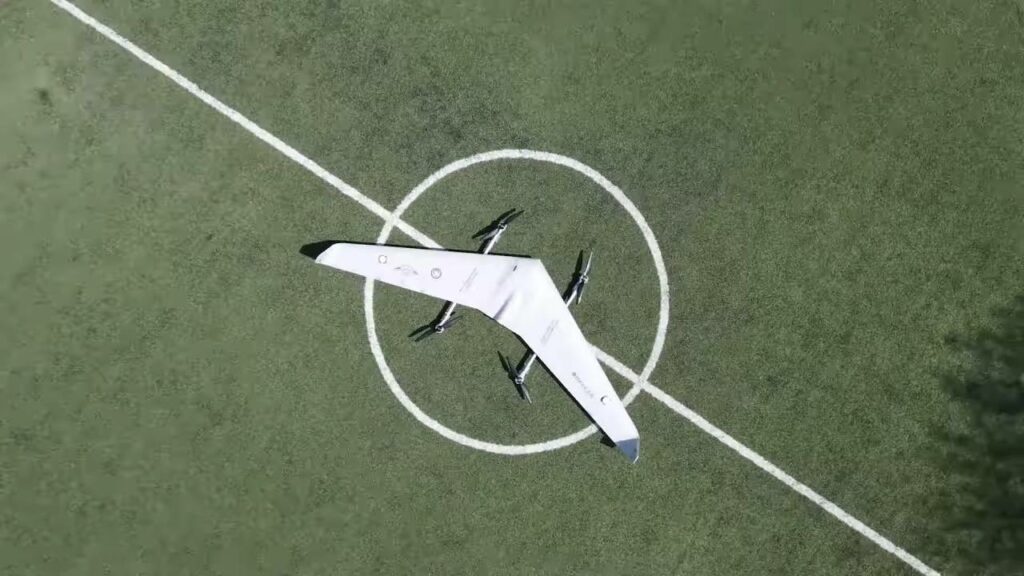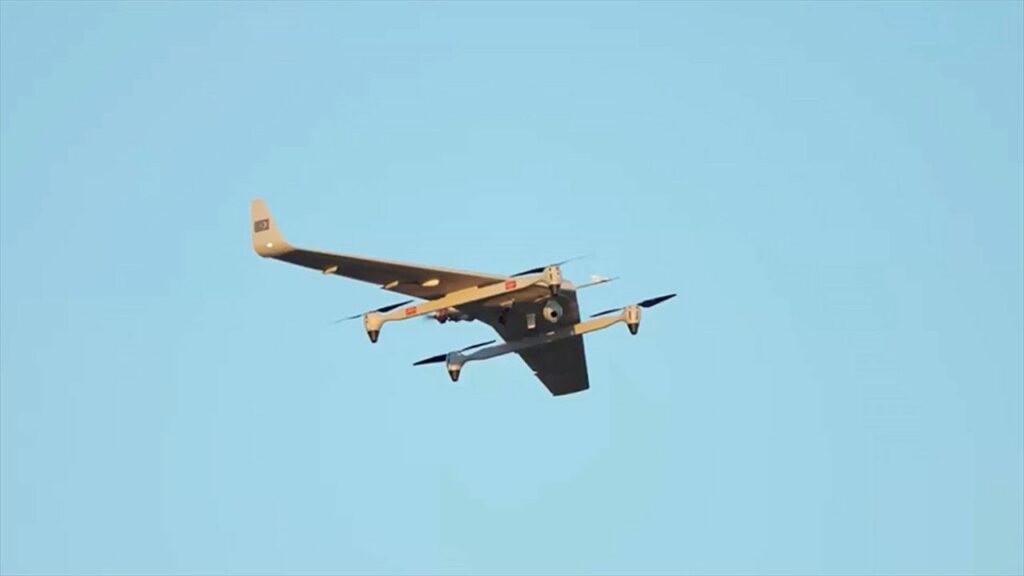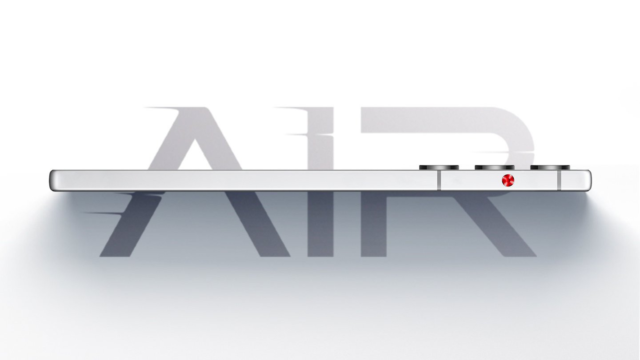Bayraktar Kalkan DİHA, developed originally by Baykar, successfully completed its flight test. This flight took place at the Baykar Flight Training and Test Center in Keşan. It climbed to an altitude of approximately 14,500 feet and completed a total of 70 hours of flight time. So what are the features of Bayraktar Kalkan DİHA?
What are the features of Bayraktar Kalkan DİHA?
In terms of its features, Bayraktar Kalkan DİHA is positioned among the most advanced in its class. This aerial vehicle, equipped with 5 motors and propellers, can perform vertical takeoff and landing thanks to its 4 electric motors and vertically positioned propellers. Then, it performs its flight horizontally with its internal combustion, low-consumption gasoline engine and propeller, similar to the conventional UAVs we are accustomed to.

This eliminates the need for long runways required for takeoff by UAVs. It can be easily launched from warships without runways or any location needed on the battlefield. With a payload capacity of 5 kg, it can carry Electro-Optical (EO) and Infrared (IR) camera modules, as well as a Laser rangefinder and marker, transforming it into a small-sized unarmed TB2.
Bayraktar Kalkan DİHA will primarily undertake reconnaissance and intelligence missions. Its operational ceiling is at 15,000 feet/4.5 km levels. It can stay in the air for approximately 12 hours. This duration can drop to 7+ hours with a payload. It can transmit the data and images obtained during the flight to command centers within 150 km.
Bayraktar Kalkan diha features Bayraktar Kalkan DİHA, capable of performing automatic route tracking, target tracking, circling, and return to home modes, completed its flight test with the Baykar BG-160 camera, also developed uniquely by Baykar.

Thanks to the Baykar BG-160 Electro-Optical System, which has thermal imaging capability, it can obtain high-resolution images even at night. Thus, it can successfully perform reconnaissance, surveillance, and target identification tasks day and night.














